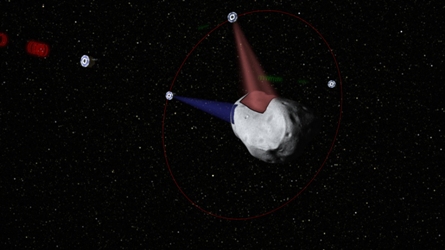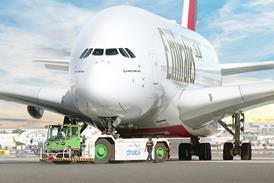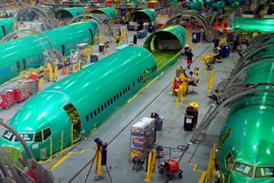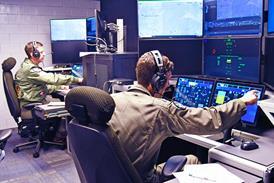At the Museum of Flight in Seattle, on 24 April, a US-based firm called Planetary Resources, Inc. announced a plan to use unmanned robotic spacecraft to survey and eventually to mine near-Earth asteroids (NEAs) for high value raw materials.
The first stage of the project is to identify targets with respect to their compositions and ease of access. To do this a series of prospecting spacecraft are being built. Initially the firm's Arkyd-100 spacecraft design will be used as a low-Earth orbit-based telescope called "Leo" will be used to identify and classify the NEAs according to their ease of access and materials or water content (water is a source of useful rocket propellants and in-space life support).
Deep-space spacecraft using the follow-on Arkyd-200 and Arkyd-300 designs would be then flown to the asteroid targets to more closely survey them.
In the final stage, mining operations would be set up. The exact form of these subsequent in-situ mining, extraction and Earth-return operations remain sketchy.
Planetary Resources Inc. is headed by Peter Diamandis, Chairman of the X-Prize foundation and Eric Anderson of Space Adventures Limited. The firm is financed by some world famous investors including Google's CEO Larry Page and Ross Perot, Jr., Chairman of Hillwood and The Perot Group. Other investors include Eric Schmidt, executive chairman of Google Inc and Charles Simonyi who was famous as one of the world's only space tourists. Film maker and explorer James Cameron is acting as an advisor to the firm.
 |
|---|
©Planetary Resources |
Nevertheless, some have openly wondered about the economics of the project noting the high cost of constructing, launching and controlling spacecraft on such lengthy missions. Others suggest that there may be a business especially if elements whose very rarity gives them a high value on Earth could easily be found and recovered from space.
Planetary Resources Inc. points out that 1,500 of the 9,000 known NEAs are said to be energetically as easy to reach as the Moon. The company states that a single 500m diameter asteroid which is found to be platinum rich would contain the equivalent of all the Platinum Group Metals mined in history.
Legal opinion is split over the plan. Some lawyers are suspicious of the legality of the operation, citing the Outer Space Treaty (1967), an international treaty forbidding ownership of planetary bodies. However, others note that in being a private firm, Planetary Resources Inc. may not be bound by the terms of the treaty which prevents nation states from seizing territory in outer space.
Source: Flight International




















